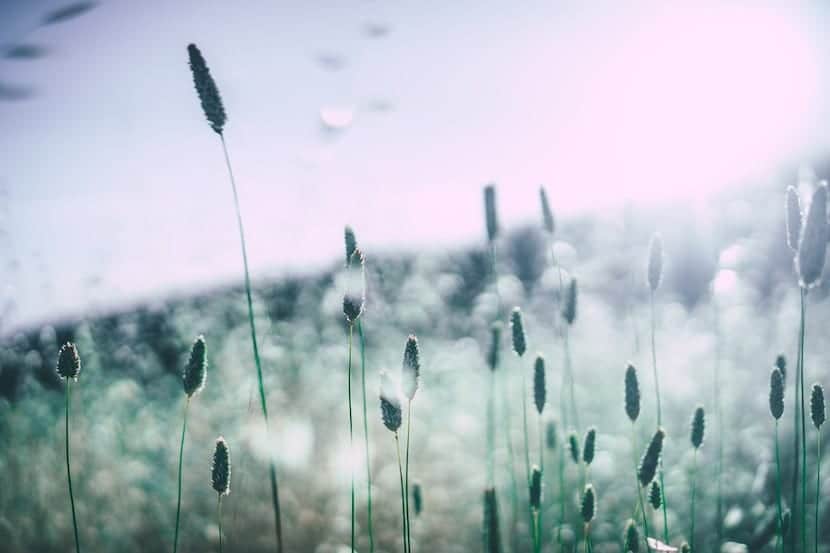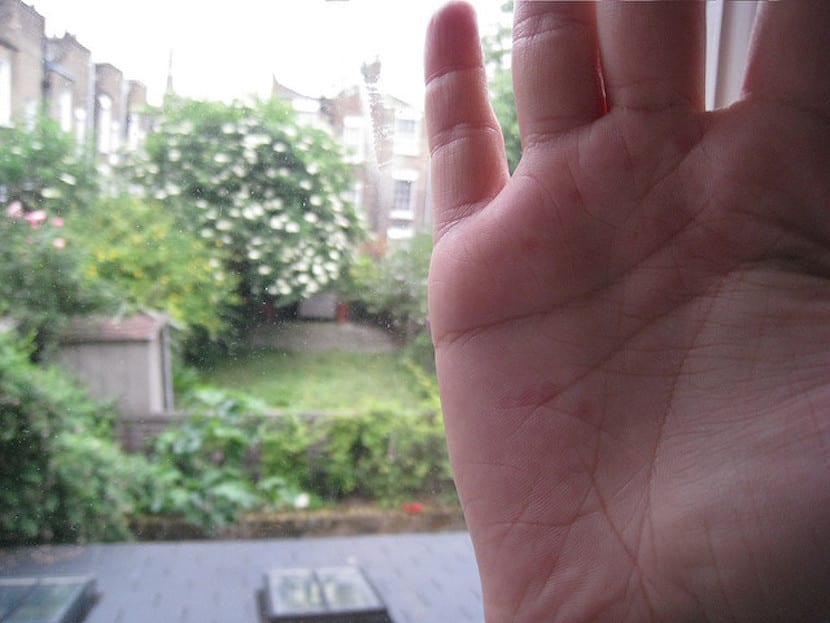
We are in the World Allergy Week, and the organization responsible for the event (World Allergy Organization) aims to draw attention to the effects of climate change on the evolution of pollen allergy. Seasonal allergies occur throughout the year, but Spring not only brings joy, but also "alters" the bodily responses..
Itching, congestion, rhinitis, eye irritation, sneezing, etc .; allergies are not suffered only during childhood, but data from an international study called ISAAC indicate that the prevalence in the 13/14 year-old population is 22,1 percent. And the worst news is that climate change increases the cases of very young children, because with only 3 years they show signs and they test positive for antigens.
The critical period for people who suffer from pollen allergies They are from February to June, and it also coincides with the increase in visits to the pediatric emergency service. In spring, allergy-inducing plants pollinate; But the warming of the earth's surface brings us many effects, and among them a higher density of plant species, which produce pollen.
SEICAP mentions a review of studies published in Multidisciplinary Respiratory Medicine, according to which some factors such as vehicle emissions and a “westernized” lifestyle would be related to a higher frequency of respiratory allergy.

What is allergy?
Changes in the weather not only affect the number of people affected, rather, they must deal with the symptoms earlier than during the last 10 yearsThis means that they spend an additional two weeks worrying about their allergy, since advancement is not tied to an early end of the "season" for each individual.
We are seeing a longer season mostly due to warmer temperatures, "said Mario Sánchez-Borges, MD, President of the World Allergy Organization.
Environmental allergy (in this case we speak of pollen as an allergen) considerably reduces quality of life, affecting the life of allergy sufferers; And it is not only about physical signs, but about a decrease in energy levels, and emotional manifestations such as anxiety or irritability. Specialists offer the possibility of identifying and confirming the allergy "in time" and of advising on treatments and control measures to reduce symptoms.
Characteristics of the allergy.
It signifies a strange reaction to external substances, and involves a differentiation between those who suffer from it and those who do not; the latter is because the organism of the latter is capable of neutralizing it. The substances that come into contact with the body cause symptoms can be introduced into it through the cutaneous, digestive or intradermal routes (stings).
An allergen is capable of provoking allergy responses: they are environmental (pollen), food (cow's milk protein), medicines, etc. A person is not born with the allergy, but can develop it over time; those responsible are - in general - the genetic load and the environment.

Do you have a daughter or son with a pollen allergy?
From the Respiratory Allergy Working Group of the SEICAP, this decalogue is offered that we transcribe below, and we hope it will be useful:
- It is not advisable to go to the countryside, parks, gardens or places with abundant vegetation, between the months of March to May. Grassy areas should be avoided, especially if it is freshly mowed.
- It is recommended to protect windows or balconies, especially in the child's bedroom, with a very dense plastic mesh (mosquito net), which should be cleaned daily with a damp cloth, without shaking.
- Keep the windows or balconies of the child's bedroom closed as long as possible, especially at night, when the concentration of atmospheric pollen increases.
- Two hours before going to bed, with the windows closed, spray water towards the ceiling, then leaving the room closed until bedtime. This makes the pollen that floats in the air settle.
- Abroad, protect eyes as much as possible with sunglasses in case of seasonal conjunctivitis, and approved anti-pollen masks.
- If traveling by car, keep the windows closed. Check that the pollen filters are in good condition.
- Eliminate elements that can accumulate dust or pollen (stuffed animals, carpets, curtains or others). Do the house cleaning without shaking, with a vacuum cleaner or a damp cloth.
- Consult (press, television, internet) the data on pollination. Take precautions when there are more than 50 pollen grains per cubic millimeter of air, since from that amount symptoms can occur.
- It is advisable that the child always carry in his backpack, during the time of greatest risk, bronchodilators or antihistamines for allergy symptoms.
- Go to the pediatric allergist in case of persistence of symptoms so that he can make a correct diagnosis and assess the need for a personalized treatment with immunotherapy.
If you would like to get more information about the event, you can check here, in this other place, or follow the hashtag #WorldAllergy Week.
Image - (Last) Sara goldsmith